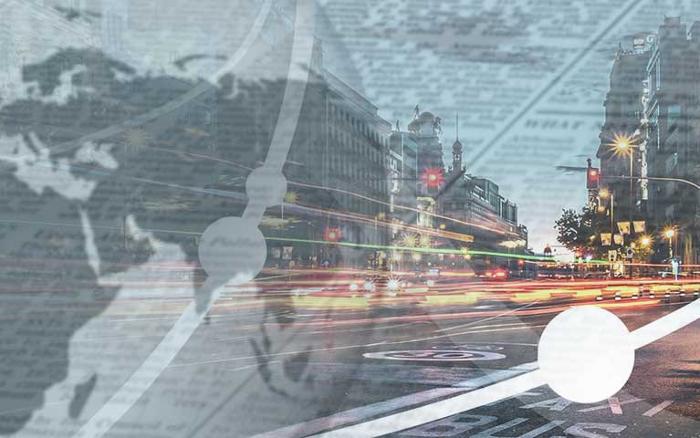

What are smart cities?
The concept of “smart cities” is already a reality, despite appearing to be something from the future. This is thanks to increasing technological innovations, and by extension, their application in urban contexts and the daily lives of citizens. In this article we’ll have a look at what this means.
Definition of a smart city
A “smart city” is a city that takes advantage of various technological developments and innovations and puts them into practice to achieve greater efficiency, sustainability and improve the quality of life for its inhabitants.
One of the key characteristics of the term “smart” when we combine it with “city” is the added value it provides, applying the capability of urban centres to enhance the lives of its citizens thanks to various tools.
Taking this into consideration, we can define a “smart city” as an engaged population that shares space for its own development and that uses technologies, technological development and innovations to respond to changes in the environment and in social needs in the most efficient and sustainable way possible.
The importance of smart cities in the near future
55% of people live in cities according to data from the United Nations Department of Economic and Social Affairs, and this is expected to increase by 13% by 2050.
These environments will have to develop the ability to cope with the pace of life of a large portion of the population, including the advantages and disadvantages that this entails. This includes supplying energy, providing resources to citizens, healthcare services and even greenhouse gas emissions. That’s why it’s so important to apply cutting-edge technological tools to take on these issues and get the most out of them to the extent possible.
Engaged population
All smart cities must meet a set of requirements and characteristics. Of these, citizen engagement is particularly of note. All parts of society have a hand in actively collaborating to ensure that cities are developed as optimally as possible.
We should recall the actions in the article What are sustainable cities? concerning the social engagement of citizens in order to achieve a city that balances sustainability and pollution levels. These are paramount to achieving the goal of living in smart cities.
In addition to engagement, action plans are also required to develop these urban centres. Combining these elements brings us closer to the concept we touched upon at the beginning of that article.
Applying smart measures in different environments
There are an infinite number of areas where measures can be applied in a smart city, ranging from various IT applications to help measure air and water quality, to tools that allow us to receive real-time traffic information, the latter being of particular interest at Global Mobility Call, which seeks to restore and improve mobility in Spanish cities.
Cities as we know them today, along with their development over time, can be divided into six different groups: urban planning, administrations, healthcare services, leisure and safety. Uniting all of these key areas with smart action plans thanks to different energy-saving, efficiency and optimisation systems yields a cleaner and more efficient city of the future.
Technology in smart cities
Over time, information analysis and interconnectivity have also become necessary in cities and within all urban environments. At present, the enormous amount of data being generated thanks to technological applications yields more well-analysed and planned decision-making, in part thanks to the use of big data.
We can see this in cities that already have advanced technology, such as lighting systems, energy efficiency on public roads, as well as connected and intermodal transport systems that make it more efficient to move about the urban environment. Alongside these, we can also mention the use of recycled materials in new construction applications which have a more positive impact on the environment, as well as the analysis of any negative impact that new construction projects may have on ecosystems.
Technology is intrinsic to all of these elements, and its application can lead to cities that are more efficient and pollute less—essential characteristics of smart cities.





